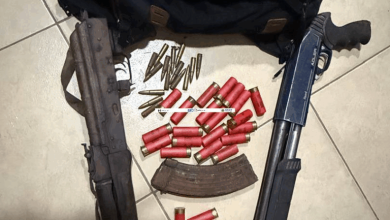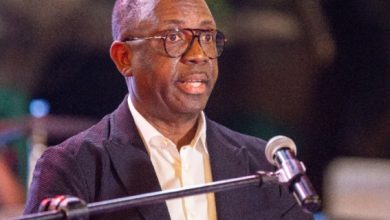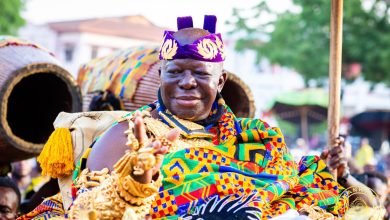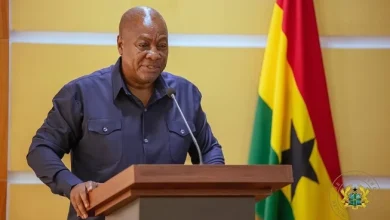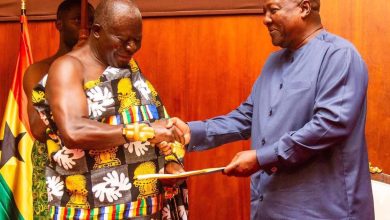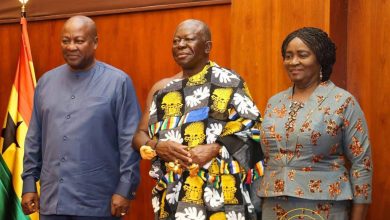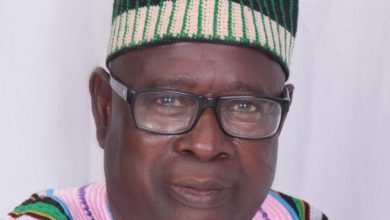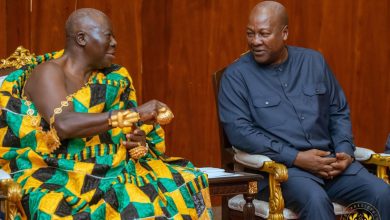All hail the King: Charles formally assumes role today
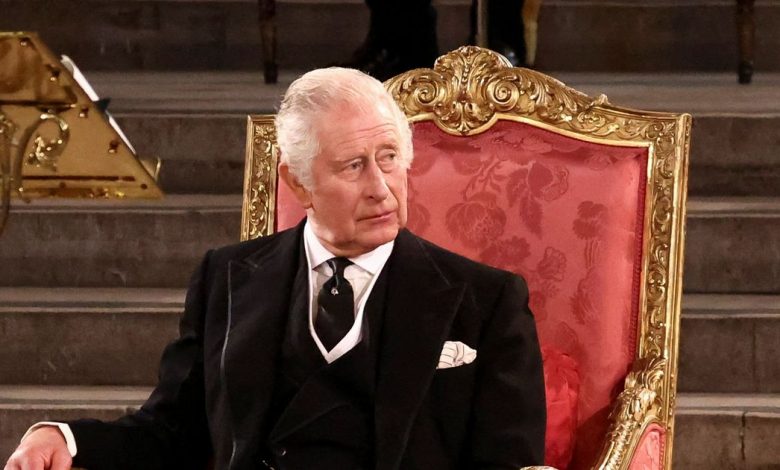
One of the most spectacular rituals in the world will take place today at Westminster Abbey in London, the historic Coronation of King Charles III, the oldest Monarch to take the throne and his wife, Camilla, the Queen Consort.
Although Charles became King immediately after his mother died, the Coronation is an ancient rite that symbolises the start of his reign.
St Edward’s Crown
The historic St Edward’s Crown will be placed on the head of King Charles III on Saturday, May 6, 2023, as part of a coronation ritual that goes back centuries. Made of solid 22-carat gold, the 360-year-old crown is over 30cm (1ft) tall and it’s heavy, weighing about 2.23kg (nearly 5lbs).
That’s about the same as a large melon.
The crown has 444 jewels and gemstones — including expensive sapphires, rubies, amethysts and topaz, although most are light blue and or bluish-green aquamarines. They are set in enamel and gold mounts and it will be a rare glimpse of the priceless St Edward’s Crown that is only ever worn during a coronation.
Last worn in 1953
The St Edward’s Crown was last worn by Queen Elizabeth II at her coronation in 1953 and has rarely left the Tower of London in the 70 years since. The stones in the crown used to be removable and were hired especially for coronations. It was not until the 20th century that they were set in the crown permanently.
Rarely seen outside the Tower of London, the gold crown will be worn for less than an hour during the ceremony officially crowning the monarch as King Charles III. before being stored away for the coronation of the next monarch.
Shrouded in spectacle and adorned with priceless regalia, the ceremony will be officiated by the Archbishop of Canterbury at Westminster Abbey and attended by a host of foreign royals, heads of state and governments.
The whole event will be broadcast around the world, with hundreds of millions of people expected to tune in and once crowned, the royal couple will return to Buckingham Palace in the Gold State Coach, a carriage so loaded with gold that it needs eight horses to pull it.
The King and Queen will be escorted by thousands of troops from all branches of the armed forces, making up the largest military display in three generations.
Queen Elizabeth, the longest-reigning monarch in Britain’s history, died on Thursday, September 8, 2022, aged 96, and her first son Charles succeeded the throne immediately.
The historic Coronation
A coronation is both the symbolic religious ceremony during which a sovereign is crowned and the physical act of placing a crown on a monarch’s head. It formalises the monarch’s role as the head of the Church of England and marks the transfer of their title and powers.
However, the monarch doesn’t need to be crowned to become King as Charles was formally proclaimed King three days after Queen Elizabeth’s death.
Edward VIII reigned without a coronation and Charles automatically became King the moment Queen Elizabeth II died.
Coronations have remained much the same for more than 1,000 years and the British ceremony is the only remaining event of its type in Europe; however, it is likely to be shorter and smaller in scale than Queen Elizabeth II’s 1953 coronation, with a wider range of religions represented.
The Coronation Procession is also expected to be more modest. Queen Elizabeth’s procession had 16,000 participants and took 45 minutes to pass any stationary point on the 7km (4.3 miles) route.
This time, the King and Camilla, the Queen Consort, will travel to Westminster Abbey in a relatively modern horse-drawn carriage, which has electric windows and air conditioning. They will ride in the Diamond Jubilee State Coach, first used in 2014, before returning in the Gold State Coach used in every coronation since the 1830s.
King Charles’s procession route
More than 6,000 armed forces members will take part, making it the largest military ceremonial operation in 70 years. Personnel from across the UK and the Commonwealth will join processions in London while thousands of veterans have also been invited to watch the coronation from a special viewing platform. They will join NHS workers on a stand in front of Buckingham Palace.
The recognition: While standing beside the 700-year-old Coronation Chair, the monarch is presented to those gathered in the Abbey by the Archbishop of Canterbury. The congregation shouts “God Save the King!” and trumpets sound.
The oath: The sovereign swears to uphold the law and the Church of England.
The anointing: The King’s ceremonial robe is removed and he sits in the Coronation Chair. A gold cloth is held over the chair to conceal the King from view. The Archbishop of Canterbury anoints the King’s hands, breast and head with holy oil made according to a secret recipe, but known to contain ambergris, orange flowers, roses, jasmine and cinnamon. The oil created for Charles will not contain any ingredients derived from animals.
The investiture: The sovereign is presented with items, including the Royal Orb, representing religious and moral authority; the Sceptre, representing power; and the Sovereign’s Sceptre, a rod of gold topped with a white enamelled dove, a symbol of justice and mercy. Finally, the Archbishop places St Edward’s Crown on the King’s head.
The enthronement and homage: The King leaves the Coronation Chair and moves to the throne. Peers kneel before the monarch to pay homage. The Queen Consort will then be anointed in the same way and crowned.
Source: International news

